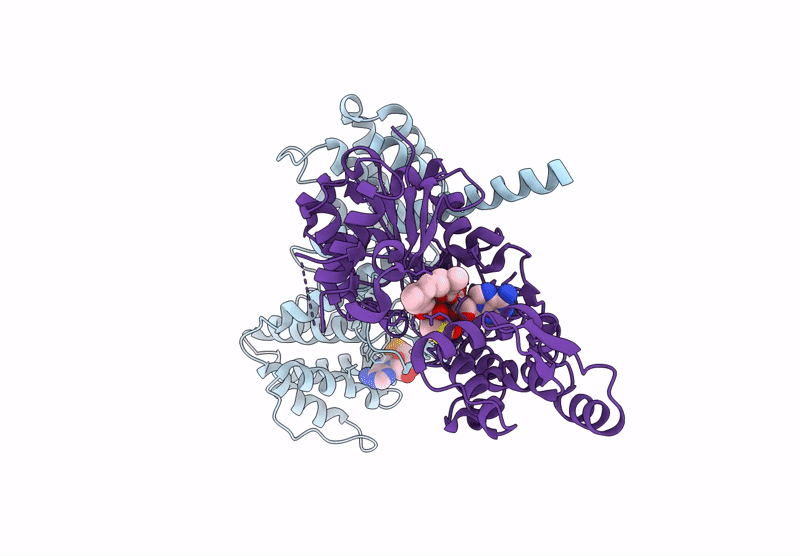
Deposition Date
2024-03-18
Release Date
2025-01-08
Last Version Date
2025-01-08
Entry Detail
PDB ID:
9B2Z
Keywords:
Title:
Actin-bound Legionella pneumophila AMPylase LnaB with AMPylated catalytic histidine
Biological Source:
Source Organism:
Legionella pneumophila subsp. pneumophila str. Philadelphia 1 (Taxon ID: 272624)
Homo sapiens (Taxon ID: 9606)
Homo sapiens (Taxon ID: 9606)
Host Organism:
Method Details:
Experimental Method:
Resolution:
2.83 Å
Aggregation State:
PARTICLE
Reconstruction Method:
SINGLE PARTICLE


